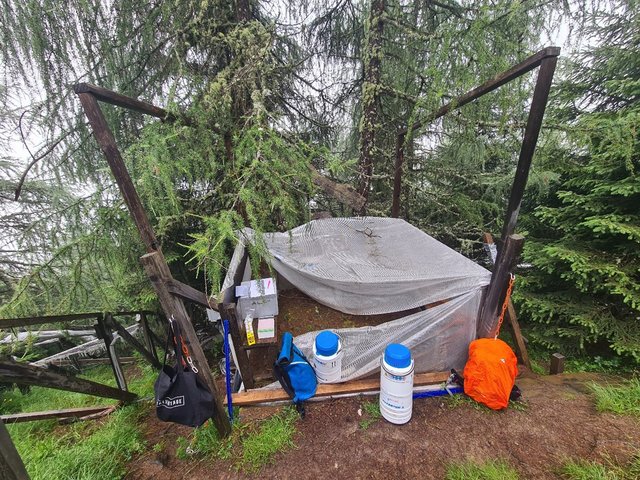Patrizia Merkel (Universität Innsbruck)
Patrizia Merkel's Master thesis was awarded with the Prize for the Best Plant Science Master Thesis, which was carried out at Universität Innsbruck in the year 2025 with the title:
Biochemical insights into drought stress response of Larix decidua and Picea abies
This work analyses the effects of recurrent drought stress on the metabolism of two conifers in montane forests.
Climate-induced drought poses increasing threats to alpine forests by disrupting the water uptake and thereby, tree metabolism. This study examined the impact of recurrent summer droughts on the needle metabolism of Norway spruce (Picea abies) and European larch (Larix decidua) at an elevation of about 1,900 metres in the Austrian Alps. From 2023 to 2024, needles were collected monthly and analysed using HPLC for antioxidants and pigments in combination with untargeted GC-MS-based metabolite profiling. After nine years of recurring drought, both species exhibited stable antioxidant and pigment levels, suggesting a physiological adaptation to repeated stress. However, strong seasonal patterns emerged: glutathione levels peaked in winter, chlorophyll levels in summer, and carotenoids and tocopherol levels in autumn. Few metabolites differed between drought-exposed and control trees, mainly those associated with defence against pathogens. These findings suggest that the trees can maintain metabolic balance under repeated drought, but may become more vulnerable to pathogens in the long term. This study provides valuable insights into the resilience of alpine forests in the context of future climate change.
___
Patrizia Merkel conducted this work at the Department of Botany in the working group of Prof. Ilse Kranner.

